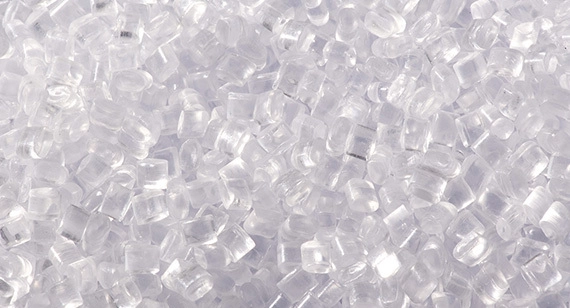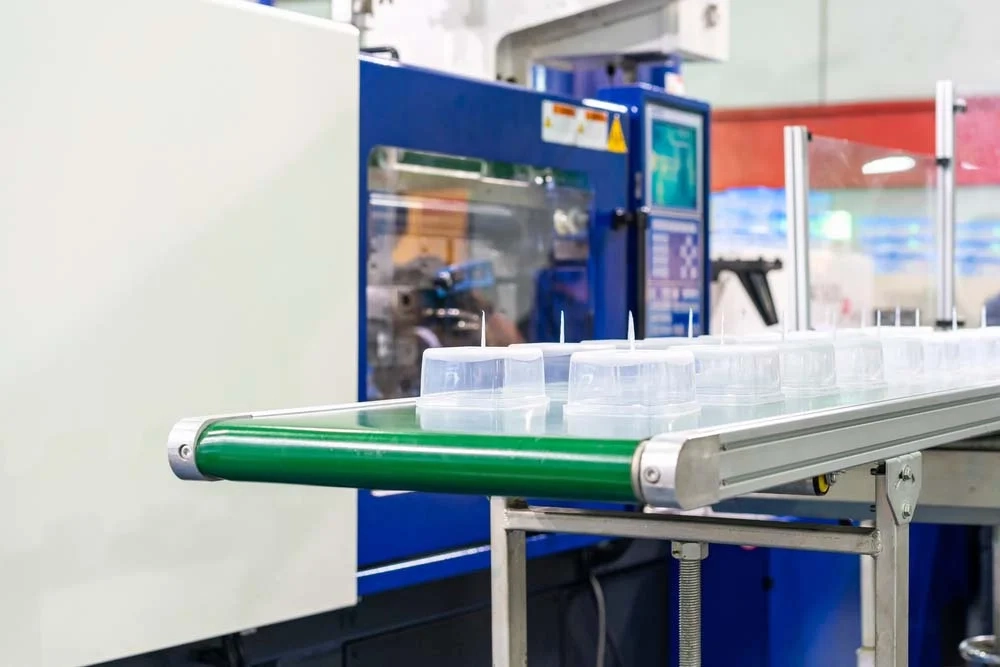When picking the right clear plastic for injection molding, it’s super important to balance how see-through it is with how well it holds up. These see-through plastics pop up in tons of areas, like medical tools, car parts, gadgets, and even packaging. Each type of clear plastic has its own special traits that affect how tough it is, how it handles sunlight, how it reacts to chemicals, and what it takes to shape it. Let’s dive into the most popular clear plastics used for injection molding.
Acrylic
Characteristics of Acrylic in Injection Molding
Acrylic is a go-to plastic for stuff used outside. It’s loved for being super clear, which makes it perfect for things like display boards, lenses, and light covers. You can shape acrylic into tricky designs, and it stays see-through even after sitting in the sun for a long time.
Advantages of Using Acrylic for Clear Parts
People like it because it fights off sunlight damage, stays clear, isn’t harmful, and doesn’t scratch easily. Plus, acrylic spreads color nicely when you mold it, which is great for pretty items like tinted lenses or signs. It’s also light, so it’s often picked over glass for many uses.
Limitations and Considerations When Using Acrylic
But there are downsides. Acrylic can be breakable and stiff, so it’s not great for parts that face a lot of force. It also soaks up water, which means you have to dry it out first. Keep these things in mind when planning the mold and process.
High-Density Polyethylene

Transparency Capabilities of High-Density Polyethylene
High-density polyethylene, or HDPE, isn’t as clear as other plastics here. It’s not totally see-through, but you can make it kind of translucent. This works for stuff like milk jugs or partly clear bottles.
Benefits in Injection Molding Applications
HDPE is a common plastic made by heating and pressing petroleum. It stands up to sunlight and is pretty flexible, so you can mold it into all sorts of shapes. On top of that, it’s cheap, which makes it a smart pick for making lots of items at once.
Drawbacks in Optical Clarity Compared to Other Plastics
Even though it handles pressure better than acrylic, it can still get damaged under heavy force. Also, HDPE isn’t clear enough for things like precise lenses or display screens.
Polycarbonate
Optical Properties and Strength of Polycarbonate
Unlike the last two, polycarbonate is tough against impacts, though it costs more. It’s very see-through and can be 250 times stronger than glass. That’s why it’s awesome for safety gear.
Benefits for Complex and Durable Transparent Components
It’s just as clear as acrylic and fights sunlight damage too, but it’s way stronger and doesn’t mind hot or cold weather much. You’ll see it in things like safety glasses, riot shields, machine protectors, and car headlight covers—stuff that needs to be both clear and sturdy.
Processing Requirements and Potential Challenges
Still, like acrylic, it grabs water from the air, so you’ve got to dry it before molding. Also, polycarbonate needs careful heat control while shaping because it can break down if it gets too hot.
Polyetherimide
Unique Features of Polyetherimide in Transparent Applications
Polyetherimide, or PEI, mixes great strength with high clarity. It’s often picked when something has to keep working well under tough conditions. PEI stays clear even in rough settings over time.
Performance Under High Temperatures and Stress
Besides handling sunlight, this plastic can take a lot of heat and force. It also stays stable around acids. You’ll find this clear material in cars, electronics, and medical tools because it can deal with extreme heat and constant pressure.
Considerations for Cost and Processability
While PEI is amazing in many ways, it’s pricier. On top of that, shaping PEI needs fancy machines that can keep steady high heat during the whole making process.
Polypropylene
Clarity Levels Achievable with Polypropylene
Polypropylene, or PP, usually makes parts that are only partly clear, not fully see-through. But there are special types that boost how clear it looks quite a bit.
Advantages in Flexibility and Chemical Resistance
It bends easily, so it’s great for parts that don’t carry heavy loads, like bendy hinges or soft containers. It doesn’t react much with acids or bases, which makes PP a good fit for chemical containers or lab gear.
Limitations in Optical Precision
Even with better recipes for clarity, polypropylene still isn’t the best when you need super sharp vision or perfect transparency. It works fine when just okay clarity is enough along with resistance to chemicals.
Determining Which of These Is the Best Transparent Plastic for Your Needs

Finding the right clear plastic for injection molding isn’t just about how it looks. Where and how you’ll use it matters a lot in picking which one will work best over the long haul.
Factors to Consider: Clarity, Strength, Cost, and Application Environment
Mechanical Properties Comparison
Polycarbonate is the toughest against impacts, with PEI close behind. Acrylic isn’t as strong because it breaks easily. For bendy parts with light stress, polypropylene shines.
Optical Performance Evaluation
Acrylic gives awesome clarity for cheap, but it’s not tough. Polycarbonate mixes clarity and strength nicely. PEI stays clear in harsh settings but costs more. HDPE is the least clear of the bunch.
Processability in Injection Molding Equipment
All these plastics need different levels of drying before molding, especially acrylic and polycarbonate since they soak up water. PEI needs special tools because it’s molded at high heat.
Cost-Effectiveness Analysis Based on Application Requirements
If money is tight, HDPE or PP might work when full clarity isn’t a must. For safety items that need to be super strong, polycarbonate or PEI are worth the extra cost for how long they last.
FAQ
Q: What is the clearest plastic available?
Acrylic usually has the best see-through quality among clear plastics for injection molding.
Q: Which plastic should I use if my product needs both strength and transparency?
Polycarbonate is a great mix of toughness and clear vision.
Q: Can polypropylene be used for clear parts?
Yes, but only special kinds give decent translucency. It’s not good if you need perfect clarity.
Q: Do these materials require special handling before molding?
Yes, most clear plastics like acrylic or polycarbonate need drying first because they grab moisture before the molding starts.
Q: Is there a one-size-fits-all solution?
No, every use has its own needs for strength, heat handling, chemical contact, and looks. You’ve got to match the plastic to those needs.
Choose Silkbridge for Your Translucent and Clear Plastic Injection-Molded Parts
For jobs needing exact clear injection molded plastics in fields like medical tools or gadgets, Silkbridge makes over 30 million plastic parts each year. We use 100 top-notch injection molding machines, from 180 tons to 1200 tons. Our skills cover over-molding tricky multi-material pieces, medical-grade cleanroom setups, robotic systems for steady quality in big batches, and strict checks with CMMs.
From starting ideas to building molds with our 30+ CNC machines and final putting-together, Silkbridge gives a full package. We blend Western design ideas with Chinese making skills. Whether you want super clear cases or tough see-through covers, we make sure your parts hit high standards from first try to shipping worldwide.
For more information on developing and producing a new part or product, please contact Silkbridge on our business WhatsApp account https://wa.me/8618122838771 or call us on +86 8618122838771.



